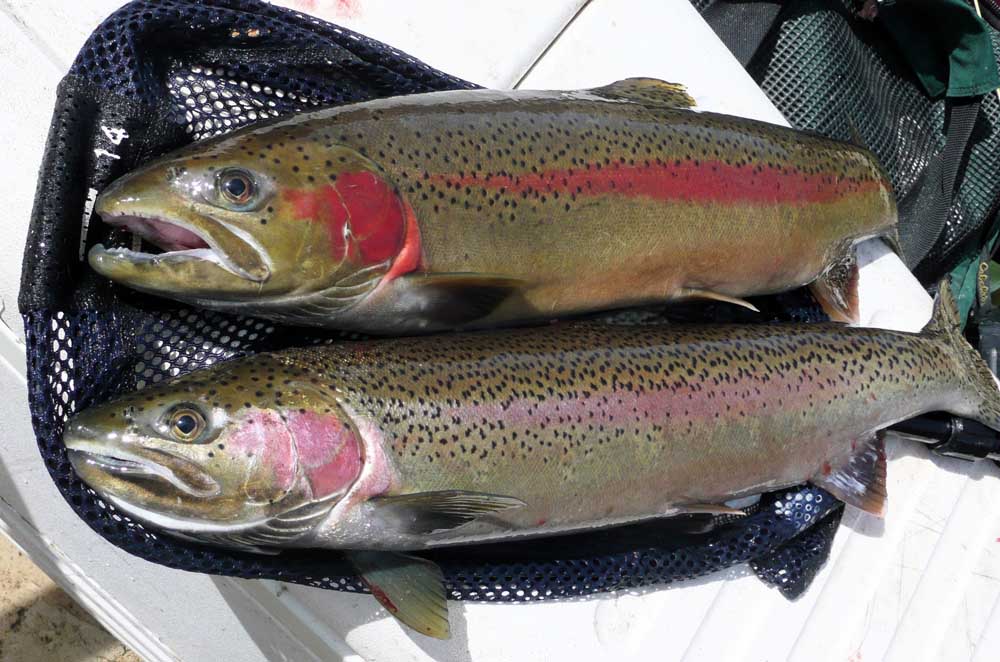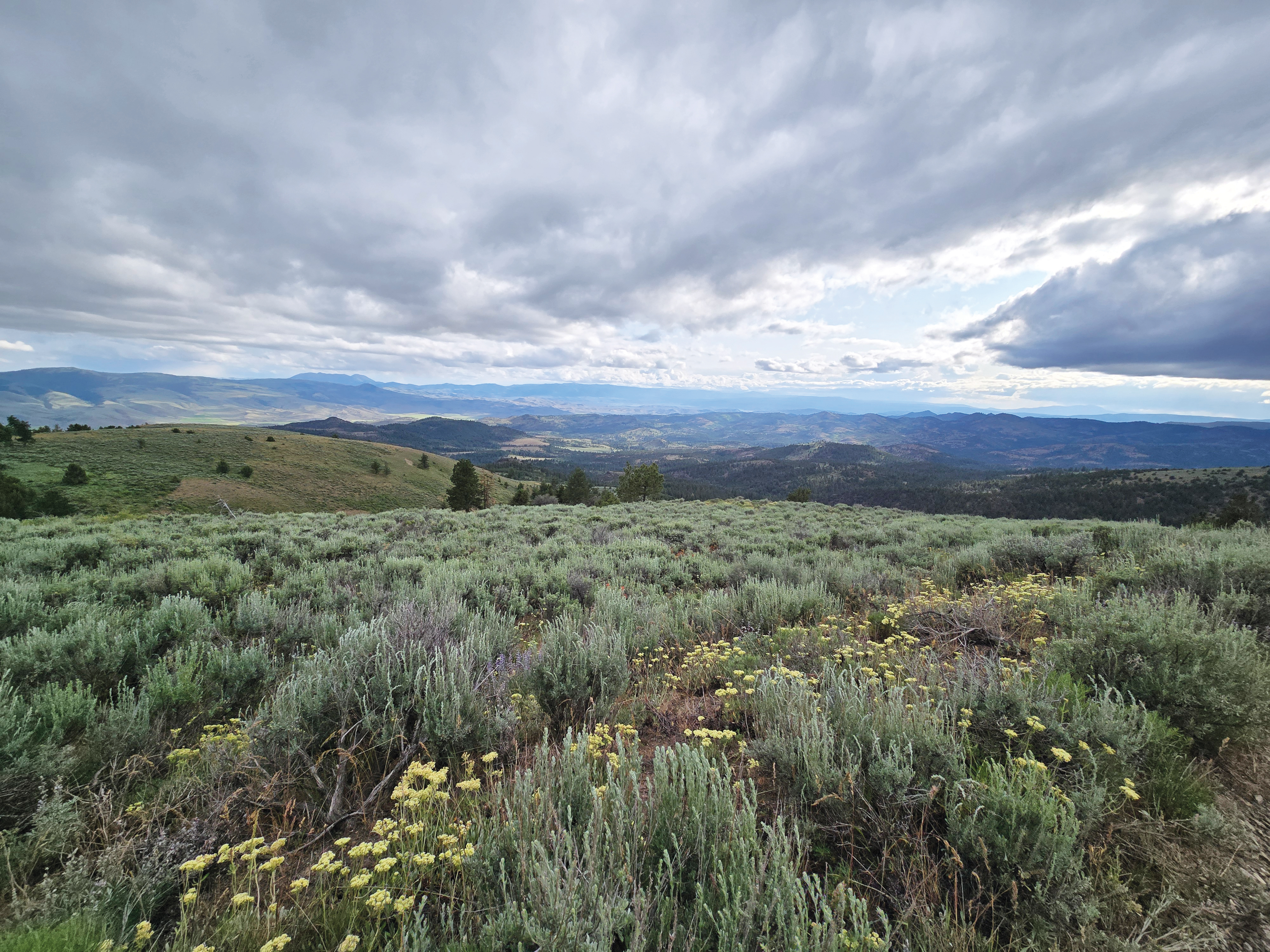Steelhead returns low; season may be curtailed
Published 4:00 pm Tuesday, October 8, 2019

- With most of the Grande Ronde and Imnaha steelhead now past the Bonneville Dam, an estimated 2,550 will make it past the eighth and final dam and on to home waters to spawn.
Steelhead season is a cold-weather institution for Wallowa County fishermen. But this year’s steelhead run is going to be small, according to ODFW fishery biologist Kyle Bratcher. “We’re well into the steelhead run this year and we’re getting a clearer picture of what returns will look like… It’s going to be a pretty tough year,” he said.
So far this season, only about 3,700 steelhead that are bound for the Grande Ronde, Wallowa, and Imnaha Rivers have made it over Bonneville Dam. Usually the number is about 10,000 by now.
Ocean conditions have been adverse for steelhead—and most salmonids—on Bratcher said. Ocean waters have been warm, reducing upwelling that provides nutrients and, ultimately, food for growing steelhead. Warmer ocean waters also mean that predatory species like mackerel, that often favor warmer water, hang around in steelhead territory longer. They compete with steelhead for food—and also dine on the younger steelhead. And there just isn’t much food, Bratcher said. “NOAA and others do tawls in the ocean to monitor how the fishery is doing,” he said. “The fish they found this year are not in good condition.”
Because of overall low return numbers, the Columbia and Snake Rivers are shut down to angling for steelhead. Many of the steelhead bound for Wallowa County rivers are still moving up through the Columbia and Snake Rivers. Oregon, Washington and Idaho biologists are monitoring those movements as they make their way to Lower Granite Dam.
“My projections suggest we can have a steelhead season on our rivers in Oregon and still get enough fish back to the hatcheries to make broodstock goals,” Bratcher said. “Maintaining a one-fish limit on steelhead will help ensure this.” The one-fish limit provides a slight advantage for wild fish, Bratcher said. He estimates that about half the returning fish are hatchery-produced. So if fishermen can keep just one fish, and it’s a hatchery broodstock, that will leave more wild fish to spawn.
Fishing for steelhead is closed on the Clearwater and other Idaho rivers, Bratcher noted. That’s because those fish are part of the “B run” Snake River steelhead. Those fish remain in the ocean for two to three years, and return to their natal streams earlier than the “A” run fish that are native to Wallowa County’s streams.
“Our” Wallowa County steelhead ply Pacific Ocean waters for only one to two years. The longer residence time in the ocean means that the Clearwater’s “B” run steelhead are larger—but also more vulnerable to ocean conditions. And that means that fishing is closed for the “B” team fish.
At present, there’s a temporary rule that ends steelhead season on December 31, with a bag limit of one fish. But Bratcher is optimistic that “our” Wallowa County and Grande Ronde “A” run steelhead, currently crossing Lower Granite Dam on the Snake River just below Lewiston and showing up in local rivers, will be abundant enough to allow for a one-catch steelhead fishing season that will extend through April 1.






